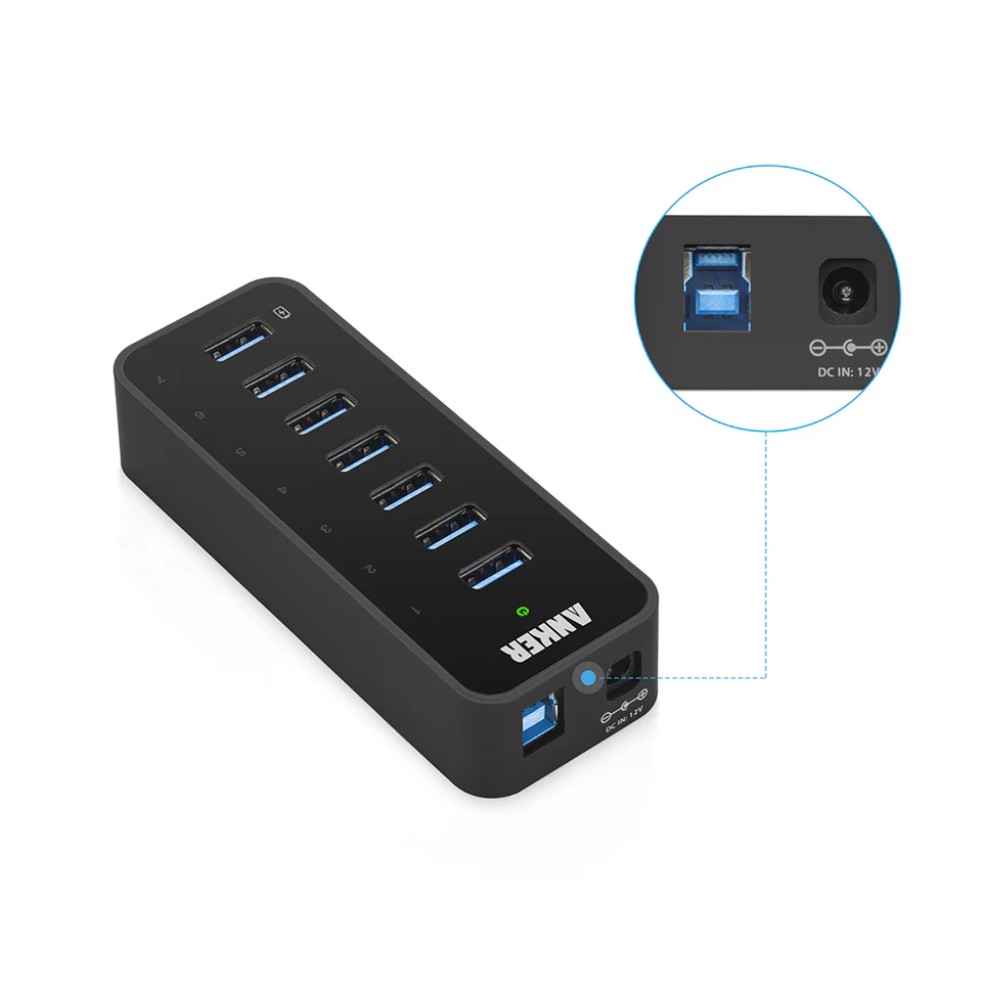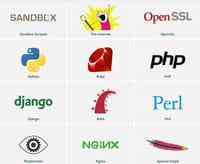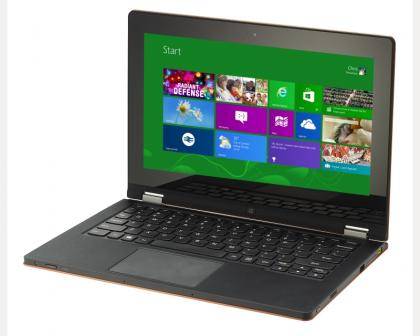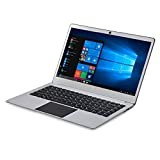Why Are USB-C Hubs Gaining Popularity in 2025?
Technology users frequently find themselves short on ports. Laptops, tablets, and even cellphones are incorporating fewer and smaller ports. USB-C hubs close this gap. These hubs provide additional ports for displays, USB-A devices, SD cards, and other peripherals. They allow users to charge, sync data, and connect displays via a single USB-C connection. As more devices embrace USB-C, customers will want hubs to connect outdated equipment and provide functionality. The need for USB-C hubs is expected to increase rapidly by 2025. Users seek convenience, flexibility, and quickness. USB-C hubs meet these demands.

What is a USB-C Hub and How Does It Work?
A USB-C hub is a device that splits a single USB-C port into many ports. It usually has USB-A, HDMI, or DisplayPort outputs, SD/microSD slots, and additional USB-C connectors. Some hubs include power delivery (PD), allowing you to charge your laptop or phone while using other connections. The hub manages data channels and power flow internally via a controller chip. It performs conversions as needed, such as converting a USB-C data lane into HDMI video or converting a USB-C power input into charging current. The hub connects to your device with a single USB-C connection, reducing the number of wires you require.
Why Are USB-C Hubs So Popular in 2025?
Demand for Multi-Device Connectivity
Many individuals use many gadgets concurrently. A laptop, monitor, mouse, keyboard, external storage, and possibly a phone or tablet. Modern work and entertainment settings frequently demand all of these. USB-C hubs allow users to connect several gadgets through a single slot. Instead of continuously connecting and unplugging, they simply connect everything and leave it. Remote employees, creatives, and students gain the most. Meeting rooms and cafés make extensive use of hubs for presentations and screen sharing. In 2025, USB-C hubs will be necessary in many installations due to the requirement for multi-device communication.
Versatility and Speed
USB-C hubs provide both adaptability and speed. With USB-C's compatibility for high-bandwidth protocols, many hubs can carry data at speeds of up to 10 Gbps. Some models offer 4K video output and twin monitor configurations. Hubs with Power Delivery enable you to charge devices while utilizing other ports. There will be no more trade-offs between charging and attaching external drives. Users benefit from performance whether moving huge files, streaming video, or editing videos. The flexibility to move between jobs without sacrificing speed is a big reason why consumers prefer USB-C hubs nowadays.

Compact Design and Portability
Designers have made USB-C hubs smaller so that they work better for mobile users. Most hubs are now small enough to fit in your pocket. They are made of aluminum or other lightweight materials that make them strong and light. Short wires or built-in connections help keep things tidy. Models that are easy to travel with fit easily in laptop sleeves or backpacks. Users want hubs that don't add weight because most laptops are slim and light. People may work from cafés, co-working spaces, or on planes using portable hubs without losing any functionality. USB-C hubs are popular with those who move about a lot and need a configuration that can be changed easily, since they are small and easy to carry.
Key Benefits of Using USB-C Hubs
Seamless Data Transfer and Charging
USB-C hubs enable rapid, simultaneous data transfer and charging. Most incorporate Power Delivery, which allows users to charge their laptops or phones while downloading files. Large data transfer swiftly owing to high-speed USB-C or USB4/Thunderbolt lanes. There's no need to unplug gadgets to free up electricity. Hubs with numerous video outputs allow for lag-free streaming and presentations. Users can avoid bottlenecks created by sluggish USB-A ports. This seamless functionality saves time. It helps the workflow. Whether editing films, duplicating backups, or charging several devices, customers benefit from both speed and consistent power.
Simplified Workspace Setup
A USB-C hub improves workplace efficiency by minimizing cable clutter and consolidating connections. Instead of handling many wires for power, display, peripherals, and storage, a hub consolidates them into a single area. You plug in once and leave everything linked. Docking stations and hubs make it simple to transition between home, workplace, and travel settings. Changing venues does not require unpacking and reconnecting dozens of gadgets. A tidy workstation looks and works better. Less pressure on ports: connecting to a single hub rather than straight into fragile laptop ports lowers wear. Simplified setup means less fuss.
Increased Compatibility Across Devices
Many products now use or support USB-C as a standard. Even yet, many devices employ older USB-A, HDMI, or SD card ports. USB-C hubs connect new and old devices. They enable legacy devices to communicate with current computers, tablets, and smartphones. Gamers, photographers, and content makers benefit most when they use memory cards, external drives, or non-USB-C peripherals. Hubs also support a variety of operating systems, including Windows, macOS, Linux, and, in certain cases, phones and tablets, ensuring broad compatibility. Having a single hub allows you to connect any device without having to adjust or carry several adapters.
Conclusion
USB-C hubs provide a viable option when devices transition to fewer ports. They pack speed, power delivery, and many connections into tiny packages. Users may easily transmit data, charge their gadgets, and watch videos. Demand has increased as consumers work across several devices, vacation, or mix old accessories with contemporary gear. When comparing usb 2 vs usb 3, hubs that support faster standards clearly deliver better performance for data-heavy tasks. Choosing a decent hub entails considering port types, power output, and construction quality. Investing in one saves time, cools your workstation, and protects your electronics. USB-C hubs are no longer optional add-ons; they are vital productivity tools in 2025.









